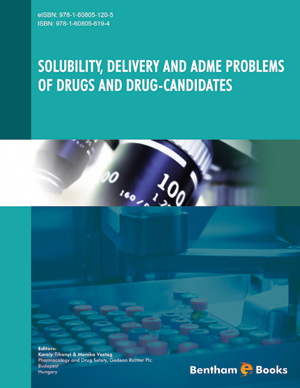Abstract
High molecular weight biomolecules are becoming increasingly important for the development of molecular therapies. However, these molecules cannot diffuse through the cell membrane the way traditional small molecule drugs can. The potential therapeutic use of such information-rich macromolecules has been limited by their poor permeability across the lipid bilayer of biological membranes. Different approaches have been used to develop biological agents, biophysical methods or mimicking natural processes to overcome the barrier function of the plasma membrane. The unique capability of special oligopeptides, known as cellpenetrating peptides (CPPs) or protein transduction domains (PTDs), opened the way to introducing biologically active macromolecules into living cells. These peptides, conjugated or complexed with the desired molecules, can be used in both in vitro and in vivo systems for the intracellular or intraorganellar delivery of large molecules. After the discovery of these small peptides, macromolecular transport across biological membranes has emerged as a valuable technique in basic research and a promising tool in in vivo preclinical models and clinical trials. This chapter attempts to give an overview of what kind of CPPs exist, how they function, what has been achieved and what can be achieved in the future with their use. It also aims to expose the limitations of the utilization of CPPs and the controversies regarding their potential, working mechanism and route of internalization. Finally, we want to discuss how virus-, liposome- and CPP-mediated techniques converge into new complex methodologies.






















